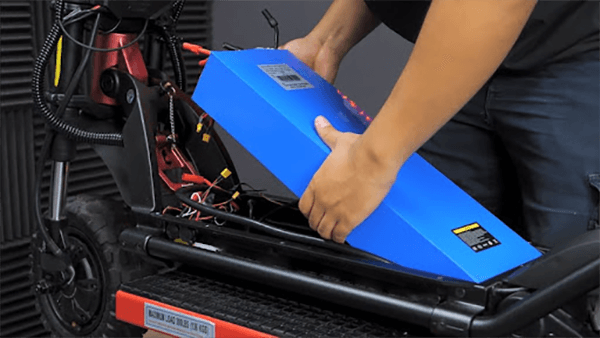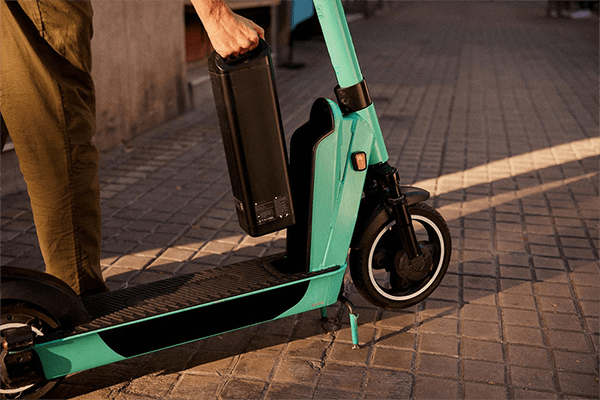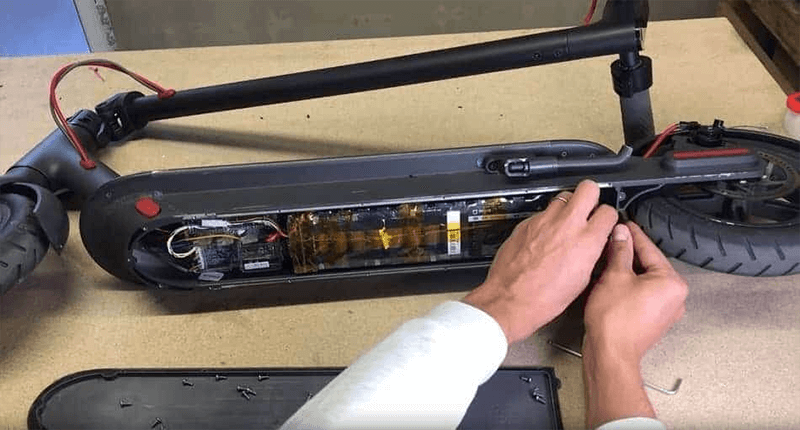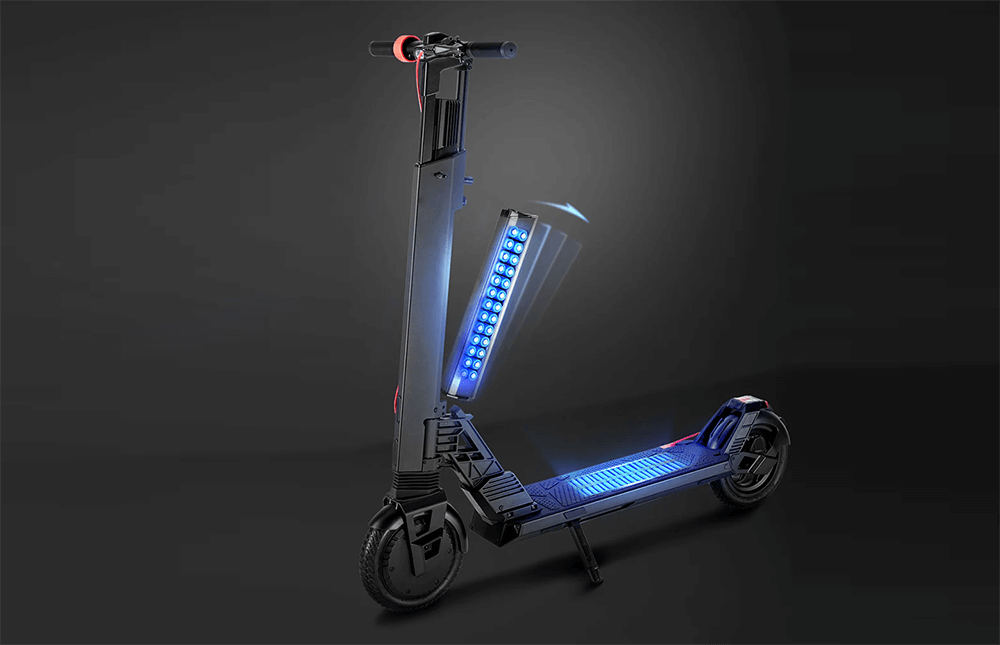Electric scooters have witnessed incredible growth in their embrace mainly due to how convenient they are, how friendly they are to the environment, and billions of savings on costs. Among the many components that contribute to the functioning and even longevity of the scooters is the battery. It is important to learn your scooter’s battery in order to achieve maximum performance and also for longevity. This is a full battery guide of a scooter that includes but is not limited to the types of the battery, purchasing the battery, and its maintenance as well as the replacement period.

Types of Scooter Batteries
Two primary types of batteries are most commonly used in the manufacture of electric scooters, these are Lead Acid and Li-Ion. Both batteries have merits and demerits associated with them.
1. Lead-Acid Batteries
Lead acid batteries are the oldest type still active in the electric scooters battery market. They are a solution to electric today’s world challenges and battery durability not being one of them.
Pros:
- Cost Effective: They are in most cases cheaper when compared to older Lithium-ion batteries.
- Dependable: Due to the rise of confidence in this technology such batteries were accepted years back.
- Sturdy: They can withstand extreme conditions and reactions against them.
Cons:
- Hefty and cumbersome: They are larger and heavier making them a burden on the scooter’s weight and portability.
- Lower Lifecycle: Life cycle is less than the number of charge cycles that may be compared to modern batteries.
- Less Energy Density: On a single charge, one needs several batteries on less dense batteries hence less mileage per charge.
2. Lithium-Ion Batteries
Lithium-ion batteries have developed more in comparison to the other types and are used more often in the modern electric scooter. These batteries perform and work more efficiently than all others.
Pros:
- Light Weight and Small Size: Size and weight have been minimized thanks to the high energy density.
- Longer Lifespan: Useful life can be termed more cycle number than Lead acid ones.
- Faster Charging: Not only that, charges can be done in a short period of time which reduces the waiting period.
- Higher Energy Density: More distance travel per charge is enabled enhancing the overall performance of scooter.
Cons:
- Higher Cost: More expensive than lead acid type.
- Sensitivity: Operates under high sensitivity, and hence management is key to avoid damaging the lithium-ion batteries.

Choosing the Right Battery For Your Scooter
When it comes to choosing a battery for your scooter, there are some critical points that should be taken into account.
- Battery Capacity and Range: This is given in terms of amp-hours (Ah) or watt-hours (Wh) – it is the measure of battery capacity in relation to the total distance that the scooter can cover in one full charge. Batteries with higher capacity give a wider range. Think of usually how far you travel and choose a battery with a capacity reasonable for those distances.
- Voltage Compatibility: Consider if the battery fits the voltage which is required by the scooter. The most common voltage levels observed are 24V, 36V, and 48V. Failure to use a battery of the required voltage can lead to destruction over time, loss of efficiency or total failure of the device.
- Size and Weight: Battery size and weight have an influence on the handling and portability of the electric scooter, thus should also be taken into consideration. More often than not, users prefer lithium-ion batteries as they are less bulky and lighter. Remember the battery should not cross the line of sight of the scooter compartment with regards to stability and performance.
- Charging Time: Charging time greatly varies depending on the battery capacity and the type of battery cell used. Normally, lithium ion batteries take a shorter duration as compared to lead acid batteries. If you abuse continuously need to charge your device, it can be faster to have a battery that takes shorter times.

Taking Care of Your Scooter Battery
As a rule of thumb maintaining, your battery is a big factor in its prolonged life and good performance. Here are some helpful tips:
- Charge Regularly: Do not wait for the battery to drain before charging it. In the case of lithium ion batteries, it is good practice to increase their level of charge at regular intervals instead of allowing them to drain to low levels.
- Avoid Extreme Temperatures: Extreme temperatures are one of the factors that affect battery performance and lifespan. A scooter should be stored at room temperature, preferably in a dry place and not used in extreme heat or extreme cold.
- Avoid dirty battery contacts: Ensure that the battery casing, terminals and battery cable connectors are free of dirt and rust. Make a practice of checking the battery casings and the battery itself for cracks, scratches, and other signs of wear and tear and do not hesitate to dry the electrodes if there is too much moisture on them.
- Allow Proper Storage of the Scooter or Batteries: In the event that you are going to store your scooter for a long period of time, charge the battery to a level of around fifty percent before storage. This prevents the battery from quite a deep discharge.

When Should Your Battery Be Replaced
Even rechargeable batteries have a relative life expectancy and will definitely need to be replaced in future. The indicators of the old battery including:
- Reduced Range: Quite simply speaking – the scooter does not go as far as it used to on one charge.
- Prolonged Battery Charge: The battery now seems to take an unreasonably high period.
- Difficulty in Switching ON: The scooter will have a hard time starting or may lose power while it is switched on.
When replacing your battery, please ensure you ensure the battery you select meets the specification of your scooter. Ask the manufacturer or your technician to be sure it fits properly.
It is important to understand your scooter battery and attend to it appropriately so that in return the scooter will serve you efficiently and dependably. If the correct battery type is applied and maintained as required, and with the knowledge that it has a lifespan, your scooter is bound to last in a very good state. Whether it’s the budget friendly lead acid battery or the technologically advanced lithium ion battery, as long as they’re managed well, there will be no problem in using the scooter as it’s efficient and caters for all your riding needs.









